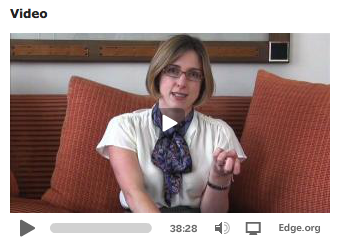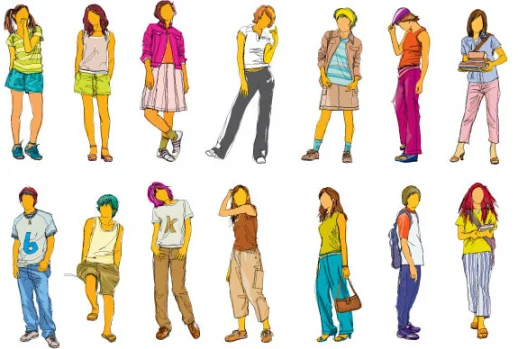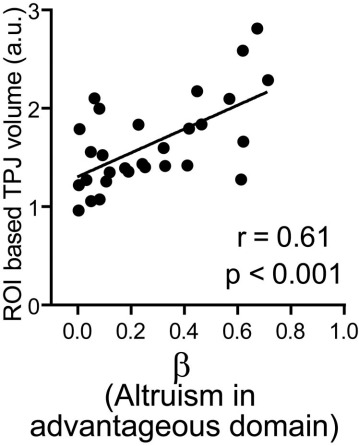You may have read recently that the United States Supreme Court ruled in May that life sentences for juvenile offenders is unconstitutional. The Court declared that sentencing youths to die in prison, without the possibility of parole, violated the Eighth Amendment’s prohibition against cruel and unusual punishment. Justice Elena Kagan, writing for the majority, cited the “distinctive attributes of youth” that must be taken into consideration during sentencing. Paraphrasing the Miller v. Alabama ruling, and references to precedent throughout, here is a simplified list of some of those distinctive attributes. Children…
- Lack maturity and have an underdeveloped sense of responsibility.
- Are “more vulnerable to negative influences and outside pressures” (including family and/or peers).
- Have limited control over their environment.
- Lack the ability to remove themselves from “horrific, crime-producing” settings.
- Do not have the same well-formed character development adults do.
- Exhibit traits that are “less fixed” than an adult’s, so that their actions display less evidence of “irretrievable depravity” (i.e., they are more open to the possibility of rehabilitation).
Based on these attributes, the Court decided that “penalties on juvenile offenders cannot proceed as though they were not children,” and “sentencing practices that are permissible for adults may not be so with children.”

Source: iStockphoto
While that list makes intuitive sense to most of us, there is an ever-growing body of scientific research to back up the assertion that teenage brains are fundamentally different from those of adults. For example, MRI research has shown that the prefrontal cortex is the last area of the brain to fully develop, not reaching maturity until our mid-20s. The prefrontal cortex is the area responsible for so-called executive functioning, and is the locus of planning, impulse control, inhibiting inappropriate behavior, and initiating appropriate behavior. From the U.S. Department of Health and Human Services: “With an immature prefrontal cortex, even if teens understand that something is dangerous, they may still go ahead and engage in the risky behavior.”
New technologies are also being used to study the adolescent brain. For example, British neuroscientist Sarah-Jayne Blakemore is a leading researcher in this area. Professor Blakemore recently gave an extended interview to Edge.org in which she discusses some of her work. She explains that her interest in the adolescent brain is largely due to the fact that nearly all adult mental disorders have their origins in youth. Anxiety disorders, depression, addiction, eating disorders – most of these have their onset at some time during the teenage years. Her hypothesis is that something goes awry during the development of the teenage brain that triggers these disorders.
Professor Blakemore’s research involves studying brain structure and function, mainly through the use of fMRI scans of adolescent brains engaged in various tasks. It’s a fascinating interview, and she is an engaging speaker. I can’t link to the video directly, but you can get there by clicking the image below. You’ll find the video, audio and a transcription of the entire interview.

Work like this has potentially wide-ranging implications. For society, as demonstrated by the Supreme Court decision discussed above, so we can better understand how to effectively punish, but also rehabilitate, juvenile offenders. And for those of us in school psychology, work like this helps us understand the unique needs of children. Especially when it comes to developing academic interventions and monitoring progress, both up-and-coming trends in our field. As Professor Blakemore says so succinctly,
“There’s no evidence that the brain is somehow set and can’t change after early childhood. In fact, it goes through this very large development throughout adolescence and right into the 20s and 30s, and even after that it’s plastic forever, the plasticity is a baseline state, no matter how old you are. That has implications for things like intervention programs and educational programs for teenagers.”
If you’re interested in the topic and want to explore it further, here are a few links you might find interesting (click on images below):
- The Social Brain. A 2010 talk by Professor Blakemore.
- Greg Ousley Is Sorry for Killing His Parents. Is That Enough? A New York Times Magazine article about Greg Ousley, who killed his parents when he was 14 years old and is serving a 60-year sentence.
- The Teen Brain: Still Under Construction. Free NIMH pamphlet with information drawn from the largest longitudinal study to date on the adolescent brain.
- The Learning Brain: Lessons for Education. Book by Sarah-Jayne Blakemore and Uta Frith.
1. 2.
2. 3.
3. 4.
4.
 res to predict future inmate populations: “The myth probably has survived and circulated for more than a decade because it reflects the more fundamental truth that there is a powerful connection between school failure and crime.”
res to predict future inmate populations: “The myth probably has survived and circulated for more than a decade because it reflects the more fundamental truth that there is a powerful connection between school failure and crime.”














